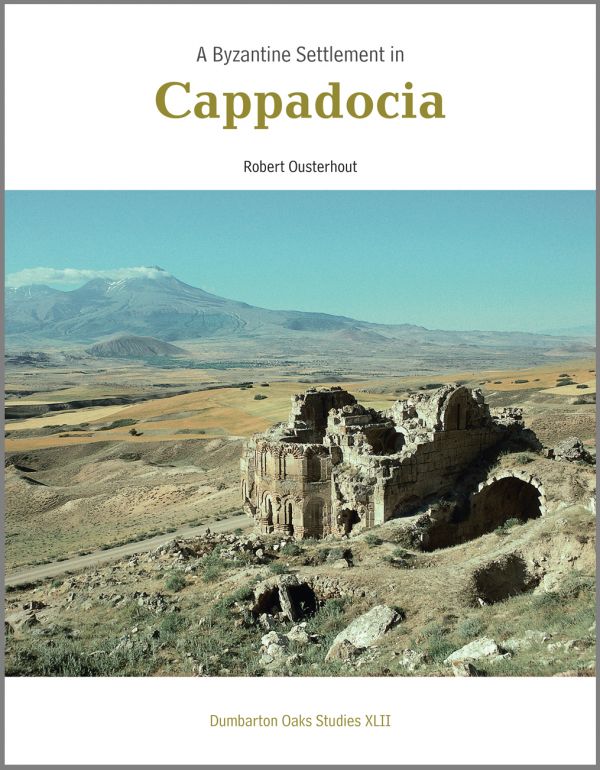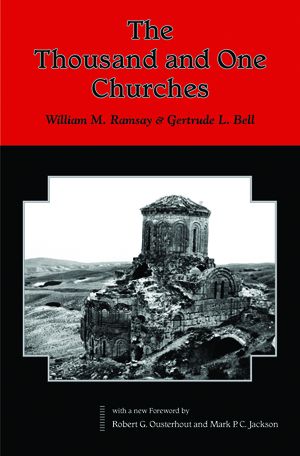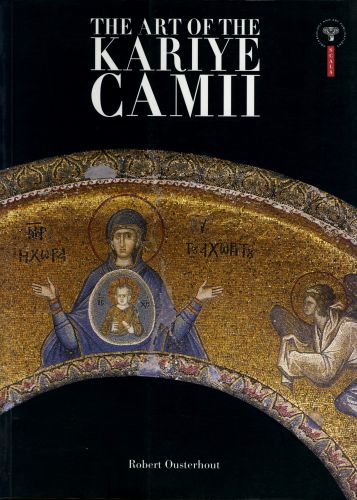Buy or gift a stand-alone digital subscription and get unlimited access to dozens of back issues for just £18.99 / $18.99 a year.
Please register at www.exacteditions.com/digital/cornucopia with your subscriber account number or contact subscriptions@cornucopia.net
Buy a digital subscription Go to the Digital Edition
There are said to be about 3,000 Byzantine churches scattered across the countryside from Kayseri to Aksaray. Considering how many there are, we really knew remarkably little about them until two or three decades ago. The Byzantine remains of Cappadocia survived in such large numbers because of the properties of the volcanic rock of the region. How many tenth- or eleventh-century churches or other structures are there in Britain or Germany? But without documents, it is hard to give them meaning, or to see how they relate in terms of architectural technique and style to somewhat different things being built in the Byzantine capital at the same time.
A growing band of scholars in France, Austria, the United States and Britain is now piecing together, like clues in a detective story, evidence from Byzantine Cappadocia. Gradually, as though awakening in a dark room, we are starting to become familiar with the general orientations and some of the specific detail of what is to be found around us: the productions of a provincial society which flowered and grew for two hundred years, roughly between 863 and 1071, prior to the arrival of the Seljuks.
In his previous book, Master Builders of Byzantium (Princeton 1999),Professor Robert Ousterhout of the University of Illinois placed himself firmly at the forefront of today’s Byzantinists. It is a book to be read by anyone interested in architectural history, not just Byzantine.
This latest work is more specialised. It reports the findings of four seasons spent in Cappadocia by Ousterhout and a team of researchers at the obscure hamlet of Celtek, perched on a ridge of low hills between the Ihlara valley and Aksaray, and seldom visited by tourists. To its south stands the magnificent extinct volcano of Hasandag. The Konya plain opens out, rather like a seascape, to its west.
Celtek’s most famous monument is a large tenth- and eleventh-century church (pictured in the works of Gertrude Bell and David Talbot Rice with a large central tower which, alas, collapsed eighty years ago). But there are also elaborately carved courtyards, small churches and other chambers.
Monasteries? No, says Ousterhout. Celtek may be abandoned today but a thousand years ago it was probably a bustling community, somewhere between a large village and a small town, of army officers and officials and their families, local owners and more humble people. Some of its carved courtyards probably began as secular residences and perhaps became monastic later. They may, in fact, mirror grand houses or palaces in distant Istanbul.
This elegant and lucidly presented monograph is aimed at the technical specialist but is accessible to anyone interested in Byzantine Cappadocia. It is a rich haul of conclusions from work which was essentially only a survey, rather than a dig. And to show us how worthwhile it is to get there before the illegal diggers and treasure hunters, Ousterhout describes a clutch of middle- and late-Byzantine manuscripts, something we have never had before in Cappadocia, found on the site.
Scholarship and science do sometimes genuinely reclaim a lost past.

 Out of Print
Out of Print

 Buy from Amazon
Buy from Amazon

1. STANDARD
Standard, untracked shipping is available worldwide. However, for high-value or heavy shipments outside the UK and Turkey, we strongly recommend option 2 or 3.
2. TRACKED SHIPPING
You can choose this option when ordering online.
3. EXPRESS SHIPPING
Contact subscriptions@cornucopia.net for a quote.
You can also order directly through subscriptions@cornucopia.net if you are worried about shipping times. We can issue a secure online invoice payable by debit or credit card for your order.

Cornucopia works in partnership with the digital publishing platform Exact Editions to offer individual and institutional subscribers unlimited access to a searchable archive of fascinating back issues and every newly published issue. The digital edition of Cornucopia is available cross-platform on web, iOS and Android and offers a comprehensive search function, allowing the title’s cultural content to be delved into at the touch of a button.
Digital Subscription: £18.99 / $18.99 (1 year)
Subscribe now